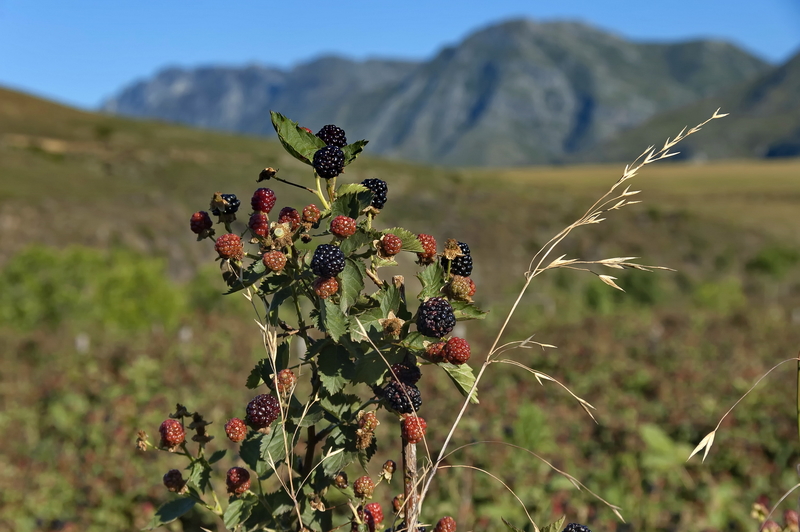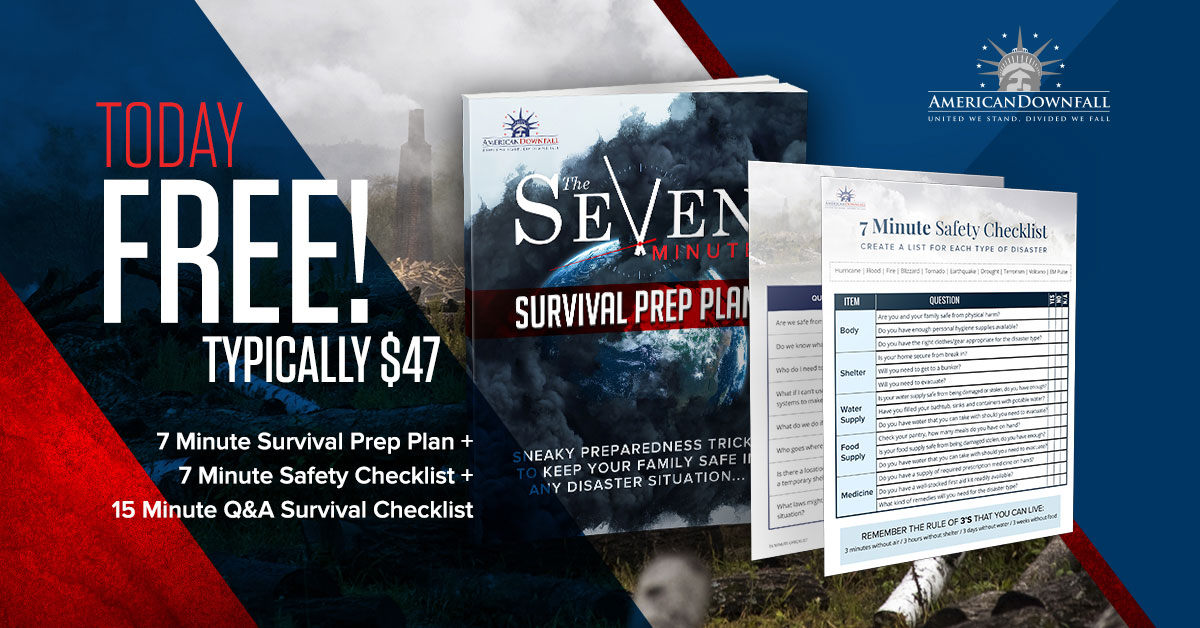Knowing the difference between a good berry and a bad berry can save your life if you are in a survival situation, or if you just like picking berries. Many of the berries that grow out in the wild such as blackberries are delicious and harmless to consume. However, there are also plenty that is poisonous and can cause you to become very sick, and some can even be fatal. Therefore, it is important that if you spend a lot of time in the woods, you know the difference between the edible and inedible berries you come across.
Determining Factors that Tell if a Berry is Edible or Not
The first thing that you should do when you come across a wild berry patch is examine them and the plant itself. Pay close attention to the size, the shape, and the color of the berry. Count how many leaves are on the branches and check the size and shape of the leaves. You will also want to check the color of the leaves. Be sure to stay away from any berries that are white or yellow.
Use a field guide to find a description of the berries you have found. The guide will have color images that will help you easily identify the plant. Compare all the physical features of the berries in front of you to the information in your field guide. This information will help you determine if the berries are edible or not.
If you have determined that the berries are edible, only eat one or two of them at first. You should use purified water to rinse them before you eat. Then wait for two hours, giving the berries enough time to digest to see if you have an adverse reaction to them before you eat anymore.
Testing Berries for Consumption
Remember that testing plants to see if they are safe to consume can be very dangerous. This should only be done if you are in a dire emergency.
Suggested Article: “5 Boring Survival Items You’ll Be Glad You Stocked Up On”
Waiting for two hours to eat more berries may not sound like a good idea if you are in a hurry. Another way to test plants to see if they are safe is to hold it against your skin to see if a rash develops. If there is no rash, cook the plant and hold it to your skin for at least three minutes. Place it in your mouth without chewing for 15 minutes then chew it and hold it there for 15 more minutes. If there are no negative effects after swallowing, the berry or plant should be safe.
Separate the Plant into Parts to Test
There are some plants that will have edible and non-edible parts. To make sure you are eating the right part, separate the leaves, stem, root, and berries, and test each part separately.
Once you have separated the plant, inspect each piece for parasites. If you find any insects or worms, discontinue, and find another sample. Finding worms or other parasites shows that the plant is rotten.
There are some parts of a plant that are edible only during certain seasons. Acorns for example, that are collected after Fall are usually rotten. If you find any grubs inside a pant, that is an indication that it is rotting. The grubs, however, are edible and full of protein, if you are in a dire situation.
While testing a plant or berry, if you notice any tingling or burning sensation, that is a sign that the plant is poisonous. Always discontinue testing as soon as you notice any type of reaction. It may not be due to the plant being poisonous, but it’s better to be safe than sorry.




